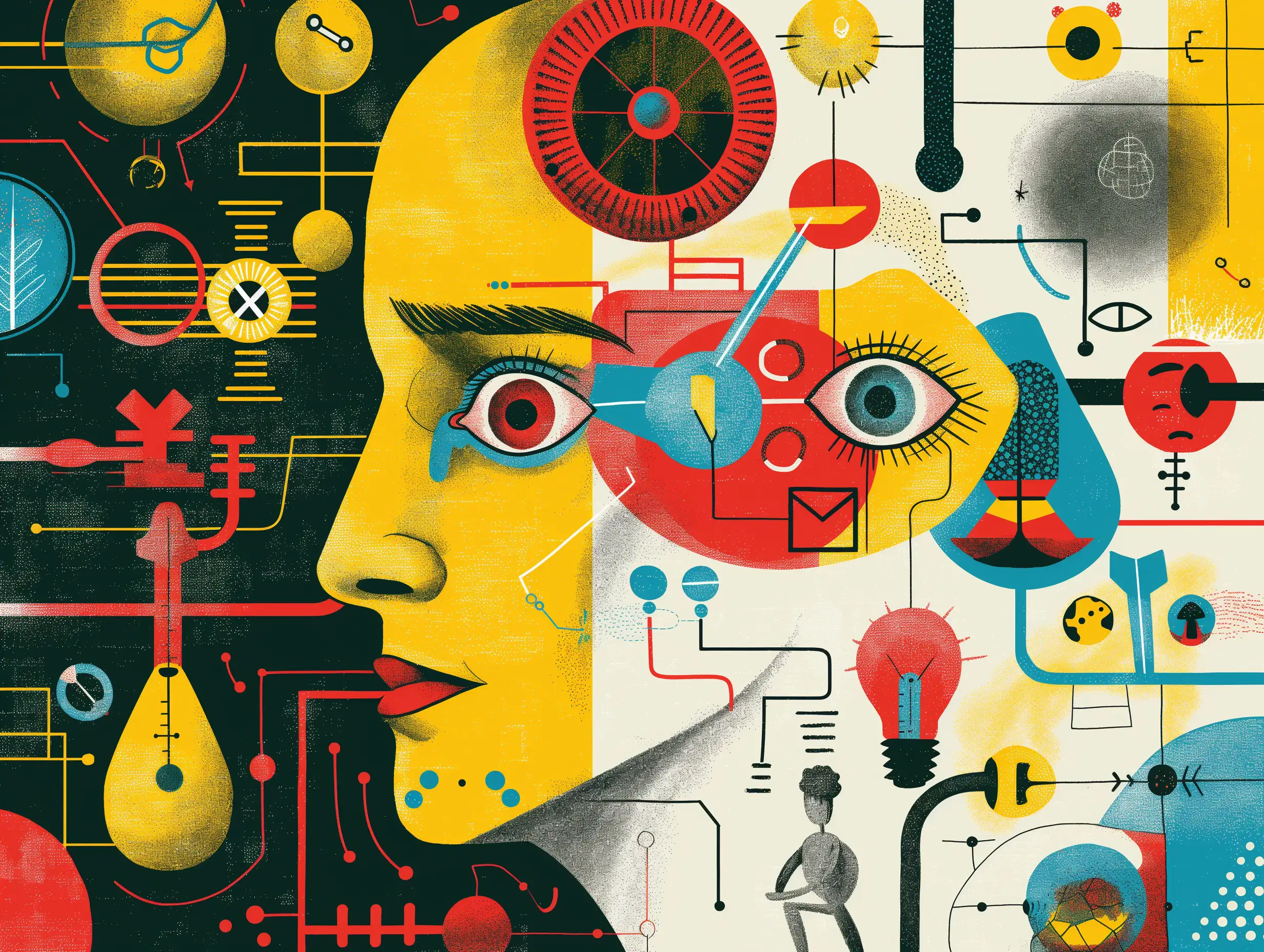-
Neuroarchitecture: Designing Spaces with Our Brain in Mind

Discover how neuroarchitecture blends neuroscience with design to create spaces that enhance well-being, productivity, and learning. From eye-tracking insights to sustainable designs, explore how our surroundings deeply impact our mood and behavior. Dive into the future of human-centric environments. Have you ever walked into a room and felt instantly at ease, or perhaps the opposite,…
-
Human Factors in Automotive Human-Machine Interface (HMI) Design

Human-Machine Interface (HMI) design is a crucial aspect of the modern automotive design process. Through the use of biosensors, iMotions’ emotion analytics and Smart Eye’s eye-tracking technology redefine driver experience optimization. Learn how these advancements ensure interfaces are intuitive, safe, and tailored to human behavior for a seamless vehicle-user interaction. In automotive design, the integration…
-
Scientific Method

The quest for knowledge and understanding has long been at the heart of human curiosity, leading us to develop systematic ways of exploring the world around us. Among these, the scientific method stands out as a beacon of inquiry, guiding researchers through the murky waters of uncertainty to the shores of evidence-based conclusions. This method,…
-
Mixed Methods Research

Navigating the rich tapestry of human behavior research often feels like being an explorer without a map—exciting, yes, but also a bit bewildering. Enter Mixed Methods Research (MMR), the compass that promises to guide through the intricate dance of numbers and narratives. This approach doesn’t just ask us to look at the stars and the…
-
Affective(ly) Conference 2024: Shifting Gears and Accelerating Research & Learning

Remember that first driver’s ed lesson? Exhilarating, a bit nerve wracking, and ultimately taking it very cautiously? Last year’s inaugural Affective(ly) Conference was reminiscent of that – filled with excited researchers who were just beginning to get behind the wheel of advanced biometric solutions to explore human behavior research. I just came back from the…
-
Introduction to Nudge Theory

Welcome to the intriguing world of Nudge Theory, a concept that has quietly revolutionized the way we make decisions, big and small. Imagine walking into a cafeteria and choosing a salad over a slice of pizza, not because of a sudden burst of willpower, but because the salad was simply more accessible. Or consider the…
-
Exploring Human Behavior: Why do We All React in Different Ways?

Explore why people exhibit varied emotional responses: A deep dive into the complexities of human behavior, emotions, and reactions. Uncover the intricate interplay of psychological, neurological, and environmental factors influencing our diverse emotional reactions. From personality traits and genetic makeup to life experiences and cultural backgrounds – understand the multifaceted reasons behind our unique emotional…
-
How Respiration Affects the Brain

Explore the impact of respiration on cognition and emotion: Unravel how the simple act of breathing, experienced over 500 million times in a lifetime, plays a critical role in memory formation, cognitive load management, and emotional regulation. Delve into pioneering research that unveils the intricate relationships between respiration and our mental processes, offering new insights…
-
iMotions EduLabs: Democratizing Biometric Technology

iMotions EduLabs aims to transform higher education by integrating biometric technology for advanced research and student learning. By offering comprehensive solutions that bridge academia and application, EduLabs facilitates innovation, collaboration, and excellence in behavioral studies, preparing students for industry leadership and enhancing academic research.
-
The History of EEG

The Past, Present, and Future of EEG Research The use of electroencephalography (EEG) is a central part of current investigations into the human brain, and has been in use for over 80 years. As a method for recording brain function, it remains one of the few methods that is directly tied to neuronal activity. When…

